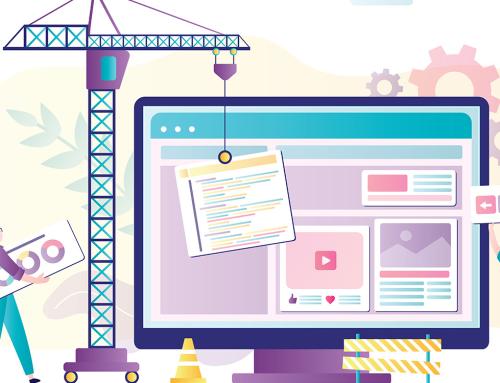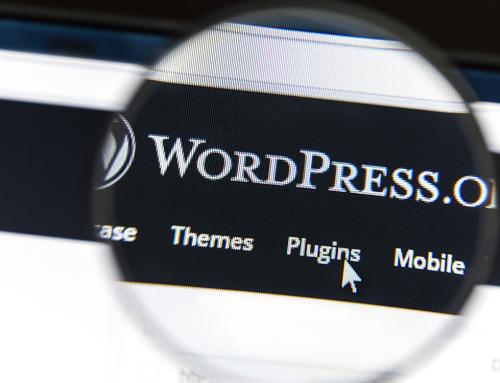Remember Feedburner? It was a service, later acquired by Google that we all signed up in the early blogging days of the 2000s to give us analytics for our RSS feeds and all around improve them. It was a useful service at the time – and one of the most useful features was email notifications for new posts to subscribers.
Most of us forgot that Feedburner existed; it’s one of the plumbing bits of the internet that once you set it up – you didn’t need to think about it anymore – it just kept working. Google has dutifully kept it working, despite not updating it in any way since probably the year 2010. One wonders if it was being kept working with twine and hope.
Google has suddenly remembered that it still exists and decided to upgrade the infrastructure that runs it. Which means changes. Irritating changes. Irritating because we all need to think about Feedburner again.
Here’s the short statement they sent all of us still using it:
Starting in July, we are transitioning FeedBurner onto a more stable, modern infrastructure. This will keep the product up and running for all users, but it also means that we will be turning down most non-core feed management features, including email subscriptions, at that time.
What FeedBurner users can expect
For many users, no action is required. All existing feeds will continue to serve uninterrupted, and you can continue to create new accounts and burn new feeds. Core feed management functionality will continue to be supported, such as the ability to change the URL, source feed, title, and podcast metadata of your feed. Basic analytics on feed requests and the ability to create enclosure tags for MP3 files will also continue to be supported.
So what is changing? We are turning down most non-core feed management features that help you optimize and publicize your feed, e.g. email subscriptions, Browser Friendly, and Password Protector.
Downloading your FeedBurner email subscriber data
If you’d like to continue using email subscriptions after the June transition, we recommend downloading email subscriber data so that you can migrate your subscribers to a new email subscription service. This data will also be available for download after the transition.
Blogger email subscriptions
FeedBurner’s email subscription feature powers Blogger’s email subscription widget, also known as the FollowByEmail widget. When FeedBurner’s email subscription feature is turned down in July, Blogger’s email subscription widget will also stop working at that time. Blogger users can learn more here about the changes and next steps.
So, the big news here is that they’re shutting off the email subscription systems and not ever turning it back on. I wasn’t even going to care about this, but when I went into my account just to check if anyone was actually still subscribed by email – I discovered that I still had over 500 email subscribers to one of my websites, and there was still actual engagement. Which meant that I suddenly had to care.
These users need to be migrated to something else and these users will need to be notified that the service is changing (and that their data is being removed from Google/Feedburner).
Sigh.
This is not something I want to pay a lot of money for. It’s important, but I needed to be able to find a solution myself. Thankfully, Google gives you a CSV file with all the email subscribers – their email and if they’re confirmed subscribers. That’s great. Getting your data out of Google is not going to be a problem.
Next was some kind of email solution. You can, of course, set up new post notifications with big services like Mailchimp. But I no longer use Mailchimp (it’s too expensive). I decided to go with Mailpoet (which is now owned by WooCommerce). The free version supports up to 1,000 subscribers, and I’m unlikely to hit that limit for a while.
So, I took some time to set up similar post notifications, and as I got further into the process, I realized that, honestly, this was something I should have done years ago. Sending new post notifications with my own branding is just something I just have been doing. Better late than never. I set up a pretty template; Mailpoet made all of this pretty easy to do and customize (and rather quickly, I might add).
I use AmazonSES for my transactional and newsletter email sending, so I had to set up a new domain, sending email (and the accompanying DNS records). Hopefully, the new emails won’t go to SPAM. I am slightly worried about deliverability as the emails will no longer be coming from Google. But I’ve done the best I can here. Problem solved. And it’s something you can just set up and forget about. Mailpoet has widgets and tools built in to add new subscribers to the list.
After a couple hours of work, and I had a better Google Feedburner email replacement in place. Can’t beat that. You already have consent to be sending your updates to these users, but you should notify them that the service is changing – at least so they can whitelist the new sending address.
You don’t have to take this route. There are plenty of paid options you can use to do new article email notifications – such as:
Mailchimp
Aweber
Follow.it
Feedpress.com
If you ever used Feedburner, don’t ignore this problem. Your readers are no longer getting your new content because Google is no longer sending them the emails. Set something up right away!






